The 2010s were a mixed bag for cars. On one hand, we got turbocharged engines, flashy touchscreens, and advanced safety tech. On the other? Some serious headaches. Not every car that rolled off the line was built to last—and if you’ve ever dealt with mystery check-engine lights or a failing transmission at 60,000 miles, you know exactly what I’m talking about.
But here’s the thing: some models from that decade turned out to be total champs. We’re talking 150,000+ miles, minimal drama, just regular oil changes and the occasional set of brake pads.
These are the cars that mechanics praise and owners refuse to sell. They’re not always the flashiest or the fastest, but they stick around—and that matters when you’re spending your hard-earned cash.
On the flip side, there are also cars from the 2010s that were more hype than substance. Cars that seemed like a good deal until the repair bills started stacking up. Early engine failures, electrical gremlins, cheap interior materials—some models just didn’t age well, and if you’re buying used, that’s something you want to steer far away from.
So whether you’re hunting for a budget-friendly daily driver or you’re just into car talk, this rundown will help you make smarter choices. We’re highlighting 5 cars from the 2010s that are well-known for their reliability and ability to rack up miles without falling apart.
Then we’re naming 5 that have earned a bad rap for all the wrong reasons. No fluff, no sugarcoating—just the real deal on what’s worth owning and what’s best left sitting on the dealer lot.
5 2010s Models That Last 150,000 Miles
If you’re hunting for a solid, worry-free car from the 2010s, these five models are worth every bit of attention. They’ve built reputations for going the distance—literally.
Think well over 150,000 miles with just regular maintenance and zero drama. From durable engines and smooth-shifting transmissions to reliable electronics that don’t suddenly glitch out, these cars have held up remarkably well over time.
What really sets them apart? Consistently high owner satisfaction and low repair costs. These aren’t just flukes; they’ve been battle-tested across years, climates, and multiple drivers. Whether you’re a daily commuter, a road tripper, or just someone who doesn’t want to deal with surprise mechanic visits, these cars offer peace of mind without a premium price tag.
You don’t need to spend big to get a car that lasts. These models prove you can still find long-lasting value if you know what to look for. So before you take a gamble on a random used car, check out this list—it could save you a lot of trouble (and money) down the road.
ALSO READ: 5 Hyundais & Kias With Stellar Reliability vs 5 With Major Engine Problems
1. 2011–2017 Toyota Camry
The Toyota Camry is the undisputed king of reliability, and the 2011–2017 generation proves why. With a track record for hitting 200,000 miles or more, this Camry offers rock-solid durability, especially with its naturally aspirated 2.5L four-cylinder engine.
Owners report few issues outside of routine maintenance like oil changes and brake pad replacements. There are no turbochargers to worry about, and the 6-speed automatic transmission is as smooth as it is dependable.
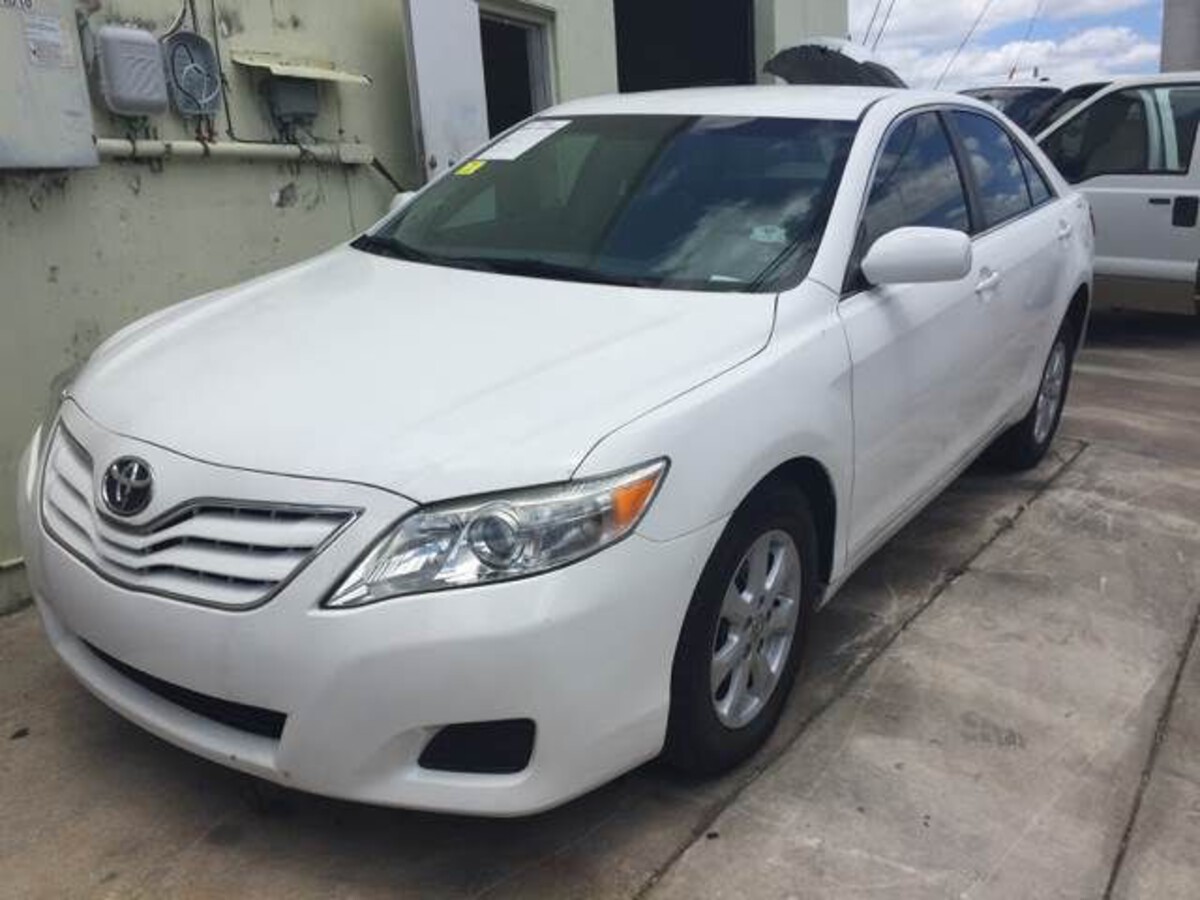
These Camrys come with a quiet, comfortable ride, solid fuel economy, and timeless practicality. Even after ten years, many still run like new with proper care. In fact, the Camry consistently ranks high in J.D. Power reliability surveys and earns praise from mechanics for its simple, service-friendly layout.
The V6 version is equally durable but a bit thirstier on fuel. Most buyers, however, find the base engine more than adequate for daily driving. There are also no widespread recalls or systemic issues tied to this model year range—just dependable performance, year after year.
If you want to buy a used sedan that will last well into the 200,000-mile club, the 2011–2017 Camry should be at the top of your list. It’s boring, maybe—but boring is beautiful when it comes to reliability.
2. 2012–2016 Honda CR-V
When it comes to compact crossovers that last, the 2012–2016 Honda CR-V shines. This fourth-generation CR-V is known for racking up high mileage with ease.
It features Honda’s proven 2.4L i-VTEC engine that—when properly maintained—easily clears the 150,000-mile mark without major issues. The engine is mated to a 5-speed automatic transmission for early models, which is basic but extremely reliable.
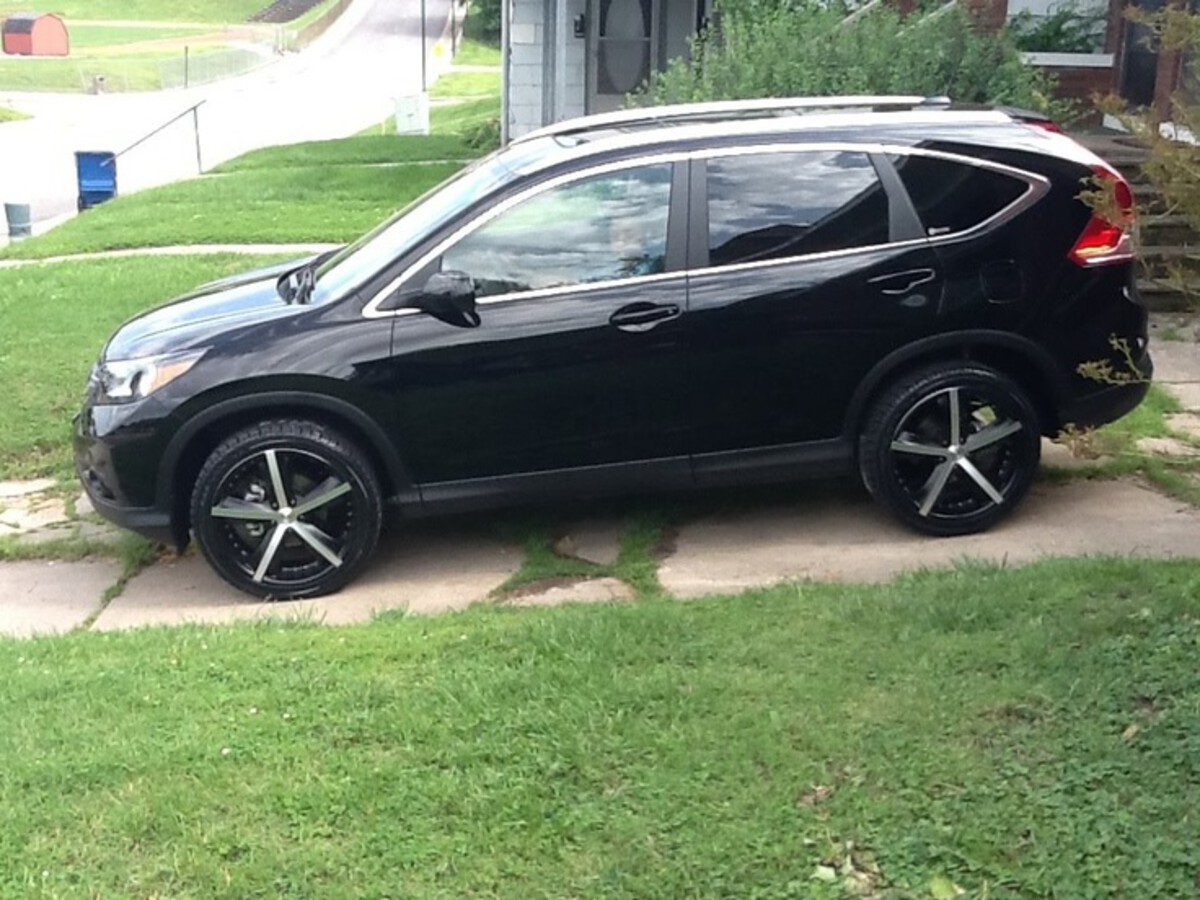
One of the key selling points of the CR-V is its blend of utility and efficiency. You get a spacious interior, great fuel economy, and a reputation for dependability—all in one package. These models also benefit from simple, well-built mechanics, so maintenance is easy and relatively inexpensive.
Common issues? Minimal. Some owners mention air conditioning compressor failures or minor suspension wear, but these problems don’t usually appear until well beyond the 100k mark. And they’re rarely deal-breakers in terms of cost or inconvenience.
The CR-V consistently ranks among the best-used SUVs year after year for a reason. It’s practical, economical, and impressively durable. If you want a family-friendly crossover from the 2010s that will go the distance, the 2012–2016 CR-V is a top pick. Just do the oil changes and drive—it’ll take care of the rest.
3. 2011–2014 Ford F-150 (5.0L V8)
Full-size trucks aren’t always known for longevity, but the 2011–2014 Ford F-150 with the 5.0L V8 is a serious exception. This engine, dubbed “Coyote,” is legendary for its power and durability. It’s the same motor found in the Mustang GT—tuned for work duty here—and routinely lasts well over 150,000 miles, often approaching 300k with regular maintenance.
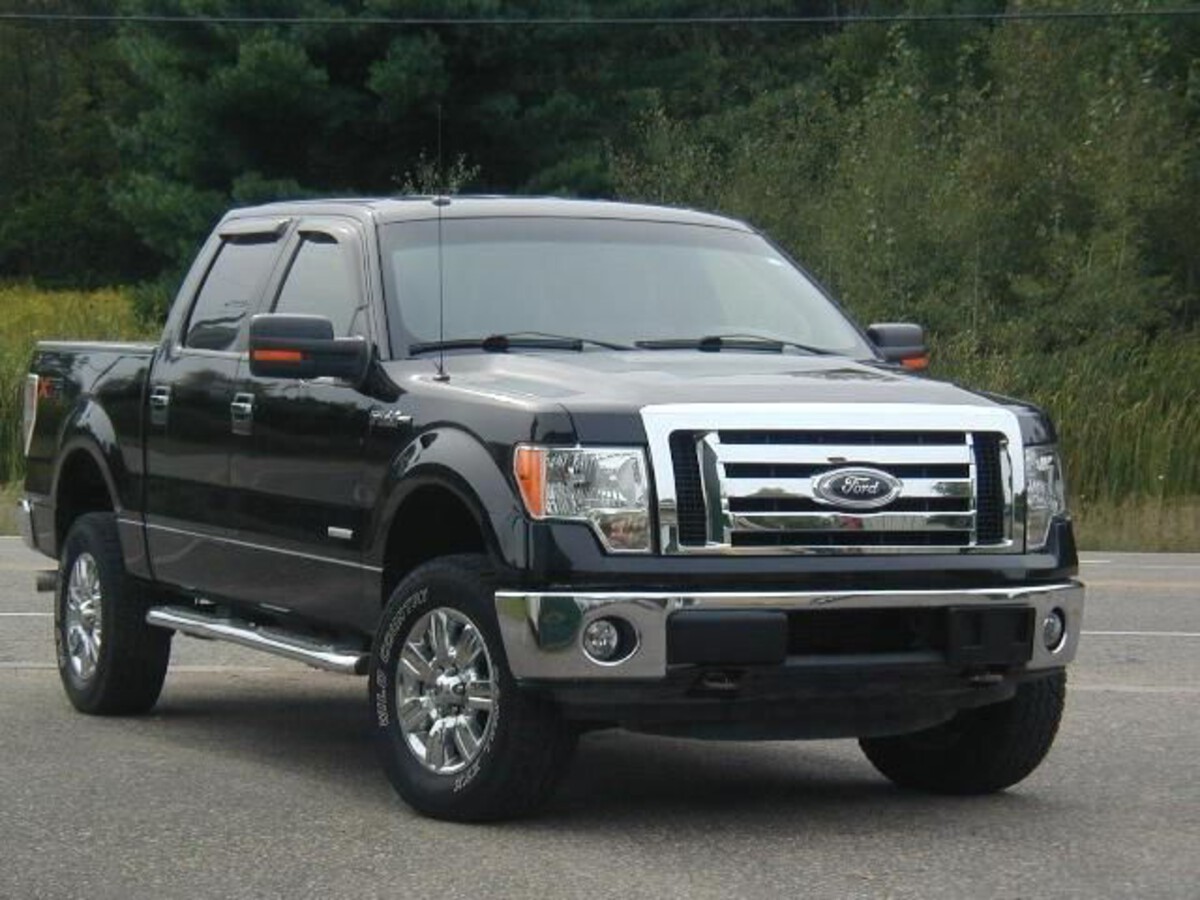
This generation of F-150s also brought improved build quality, better corrosion resistance, and a strong 6-speed automatic transmission. While the 3.5L EcoBoost got all the attention for performance, it’s the 5.0L V8 that quietly built a reputation for being bulletproof.
These trucks are favored by tradespeople and outdoor adventurers alike. Whether towing, hauling, or just daily driving, they keep going without major failures. Even the interior held up well over time, especially in XLT and Lariat trims.
Routine maintenance is key, especially keeping up with spark plugs and fluids. But if you’re looking for a used truck from the 2010s that won’t leave you stranded or empty your wallet with engine repairs, the 5.0L V8 F-150 is it. Skip the twin turbos and go with the old-school V8—it’s the long-haul hero of the lineup.
4. 2010–2013 Subaru Outback (2.5L Non-Turbo)
The 2010–2013 Subaru Outback with the 2.5L naturally aspirated engine is a go-to option for reliability, especially for drivers in colder or mountainous regions.
Its symmetrical all-wheel-drive system is among the best in the industry and has helped this wagon-SUV hybrid earn a loyal following. These Subarus are known to cross the 150,000-mile milestone with ease when maintained regularly.
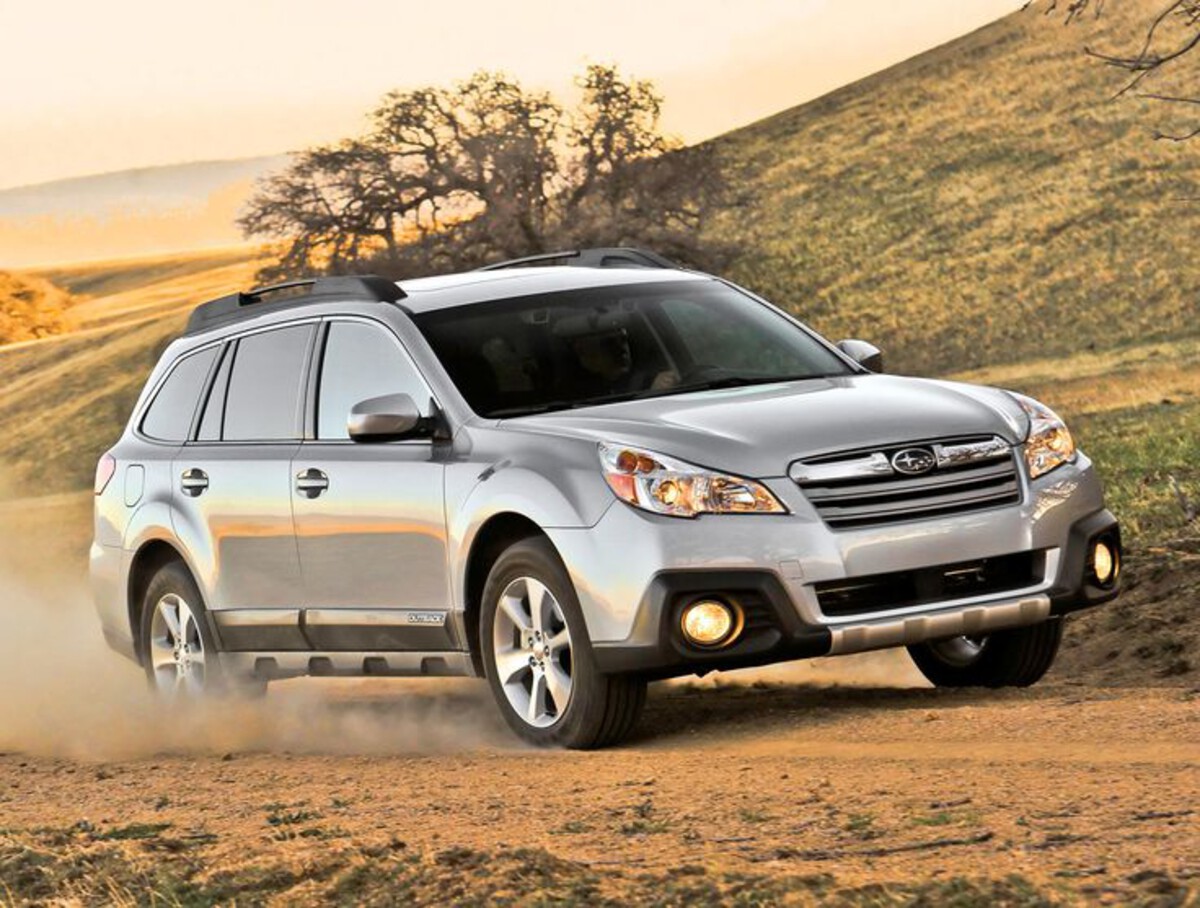
The 2.5L non-turbo engine is less powerful but significantly more reliable than the 3.6L or turbocharged variants. It avoids the head gasket issues that plagued earlier Subarus, and the CVT transmission in this generation holds up surprisingly well—especially when the fluid is changed every 60,000 miles.
Owners love the Outback for its rugged versatility. It’s great for families, dogs, gear, and long-distance trips. Interior materials are tough and wear slowly, while visibility and comfort are excellent for a decade-old design.
Yes, there can be minor annoyances like weak sway bar links or sensors needing replacement, but mechanically, it’s one of Subaru’s most robust packages from the 2010s. If you want a used crossover with standard AWD, safety, and staying power, this Outback generation is a safe bet that goes the distance.
5. 2012–2017 Lexus ES 350
The 2012–2017 Lexus ES 350 combines luxury with near-bulletproof reliability. Based on the Toyota Camry platform, the ES 350 inherits Toyota’s dependable 3.5L V6 engine and pairs it with upscale features and a serene ride. It’s not just comfortable—it’s one of the most worry-free sedans you can buy from the 2010s.
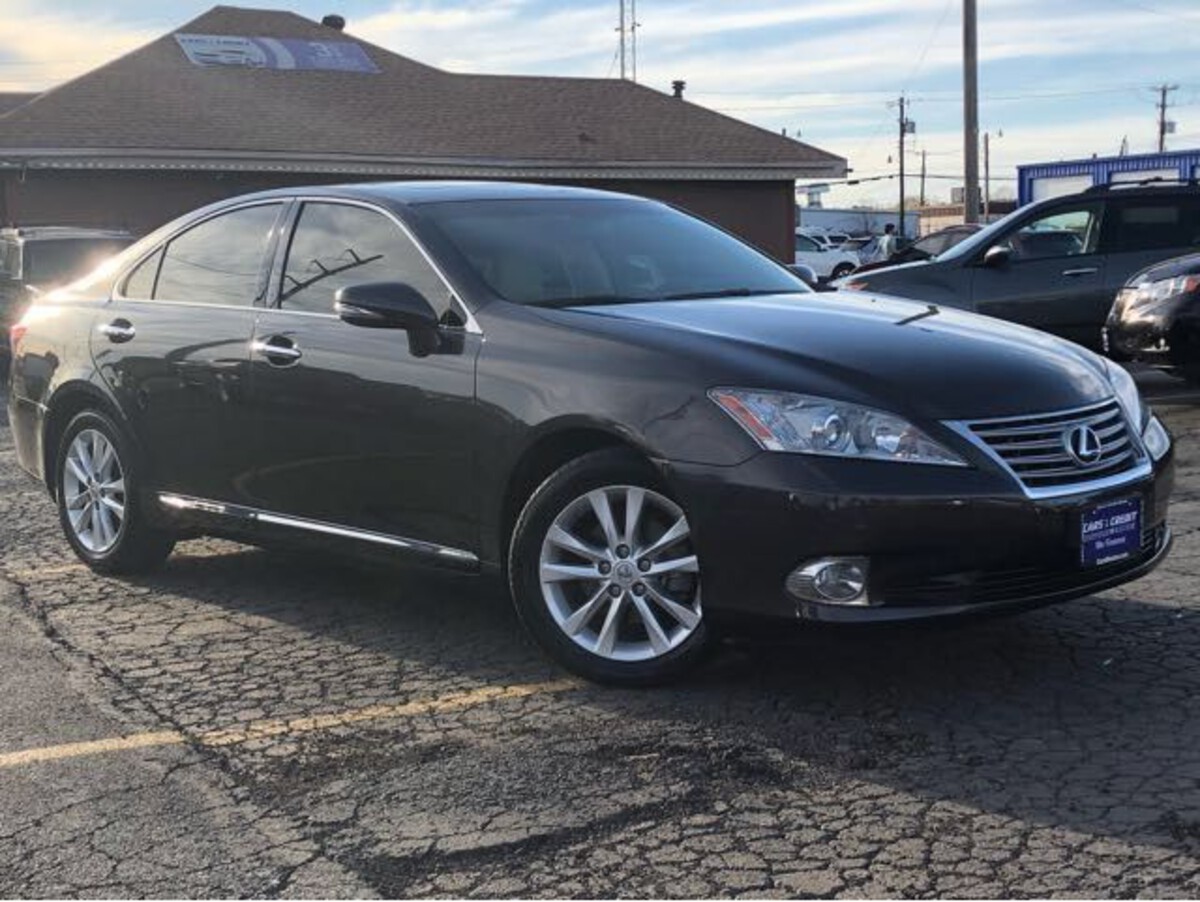
This car is remarkably low-maintenance. The engine and 6-speed automatic transmission are built to last well beyond 150,000 miles. Timing chains instead of belts mean fewer long-term replacement costs, and problems like oil burning or gasket leaks are extremely rare in this generation.
Inside, you get soft-touch materials, plush seating, and a whisper-quiet cabin. Despite its luxury label, parts are reasonably priced due to Toyota DNA, and most independent mechanics are familiar with servicing it.
Real-world owners rave about how their ES 350s age gracefully—many hitting 200,000+ miles with nothing but oil changes, brake service, and the occasional set of tires. If you’re looking for a used luxury sedan that feels premium but drives like a Toyota in terms of reliability, this is it. Understated and overachieving, the Lexus ES 350 is the definition of long-lasting luxury.
5 2010s Models Riddled With Problems
Not every car from the 2010s was built to go the distance. Some looked great on paper—nice features, sleek designs—but turned out to be nightmares once the miles started adding up. These five models, in particular, gained a reputation for being money pits. Think blown transmissions before 80,000 miles, engine issues that show up way too early, and electronics that love to fail at the worst times.
Owners reported constant problems, sky-high repair bills, and overall disappointment. Whether it was rushed design, poor-quality parts, or just consistently bad luck, these cars simply didn’t age well. Even regular maintenance wasn’t enough to save them from their long list of recurring issues.
If you’re looking for a used car that won’t leave you stranded or broke, these are the ones to avoid. No matter how cheap they look on the lot, the long-term cost just isn’t worth it. Save yourself the stress—and a few thousand in repairs—by steering clear of these troublemakers from the 2010s. Peace of mind is worth a whole lot more than a flashy dashboard.
ALSO READ: 5 Mercedes Models That Stay Rock-Solid vs 5 That Break Down Often
1. 2010–2013 Chevrolet Equinox (2.4L Engine)
The second-gen Chevrolet Equinox seemed promising on paper—good looks, spacious cabin, and decent gas mileage. But under the hood, especially with the 2.4L Ecotec engine, it’s a nightmare in disguise. These engines are notorious for excessive oil consumption, often burning through a quart every 1,000 miles. This problem leads to engine failure if not constantly monitored and topped up.
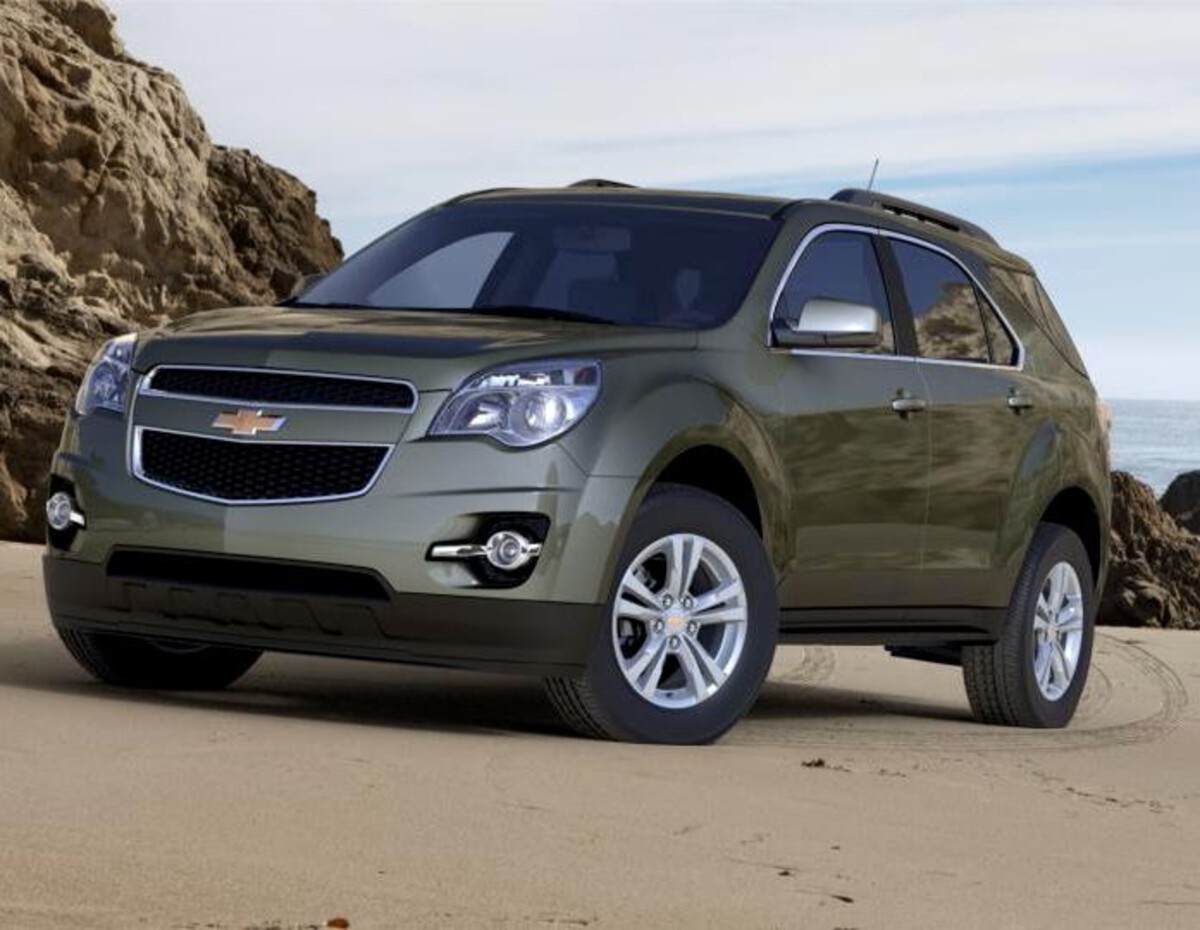
Many owners report blown engines before 100,000 miles, and the fixes aren’t cheap. GM did issue a technical service bulletin, but no official recall was ever made, leaving many owners stuck with enormous repair bills. To make matters worse, the timing chain on this engine is also failure-prone, especially if the oil level drops too low—which it often does.
The 6-speed automatic transmission in these models is another weak point, with jerky shifts and occasional total failures. Throw in cheap interior materials and glitchy electronics, and it becomes clear this Equinox is one of the worst buys of the decade.
Unless you’re planning to swap in a new engine or spend more time checking oil than driving, the 2010–2013 Equinox with the 2.4L should be a hard pass. It’s a ticking time bomb disguised as a family-friendly crossover.
2. 2011–2014 Ford Fiesta
The 2011–2014 Ford Fiesta looked like a smart, stylish choice for budget-conscious drivers. Unfortunately, it was sabotaged by its dual-clutch automatic transmission, known internally as the PowerShift. While it aimed to combine manual efficiency with automatic convenience, in practice it delivered neither—just jerky shifting, hesitation, and outright failure.
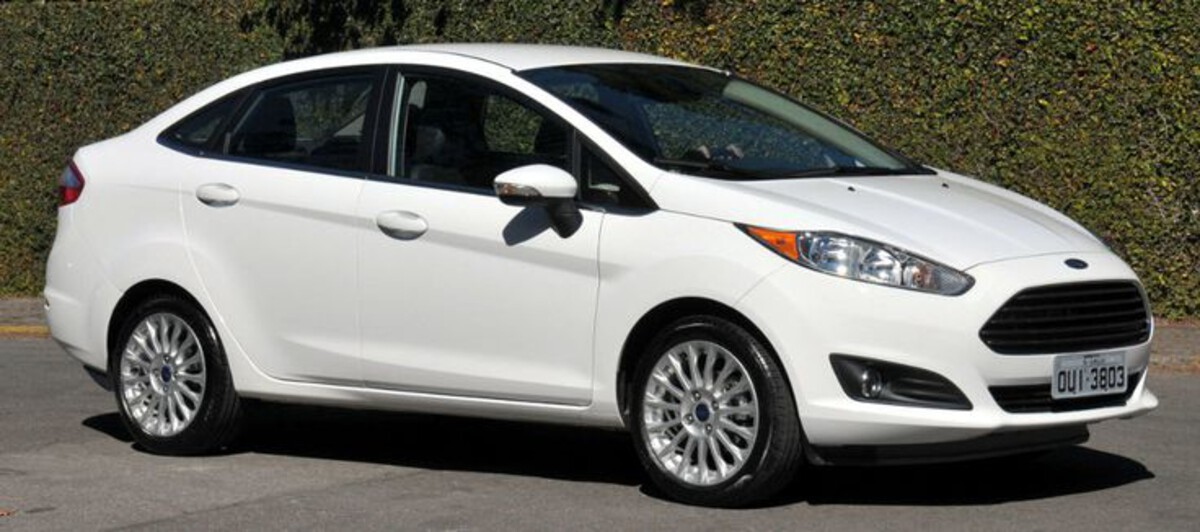
Owners reported gear slippage, grinding noises, and stalling—often while merging or climbing hills. These issues appeared early, sometimes before 40,000 miles. Ford attempted multiple software updates and clutch replacements under warranty, but problems often returned.
A class-action lawsuit followed, and Ford eventually settled, but that doesn’t fix the reliability of used models still on the market. Even the manual transmission versions had reports of poor build quality, interior rattles, and engine vibrations.
The rest of the car didn’t help either—cheap plastics, weak suspension, and limited rear space made it feel more like an economy car from the early 2000s. What could’ve been a fun and efficient compact ended up being one of the most frustrating small cars of the 2010s.
If you’re looking at a used Fiesta in this range, be cautious. Unless it has a manual gearbox and full service records, it’s safer to look elsewhere—this one’s a gamble not worth taking.
3. 2012–2014 Jeep Grand Cherokee (V6 Models)
The Jeep Grand Cherokee is a rugged-looking SUV with off-road cred, but the 2012–2014 models—especially with the 3.6L V6—suffered from a host of mechanical and electrical issues. Chief among them? A faulty TIPM (Totally Integrated Power Module) that caused everything from random stalling to non-starting engines, non-working lights, and even airbag malfunctions.
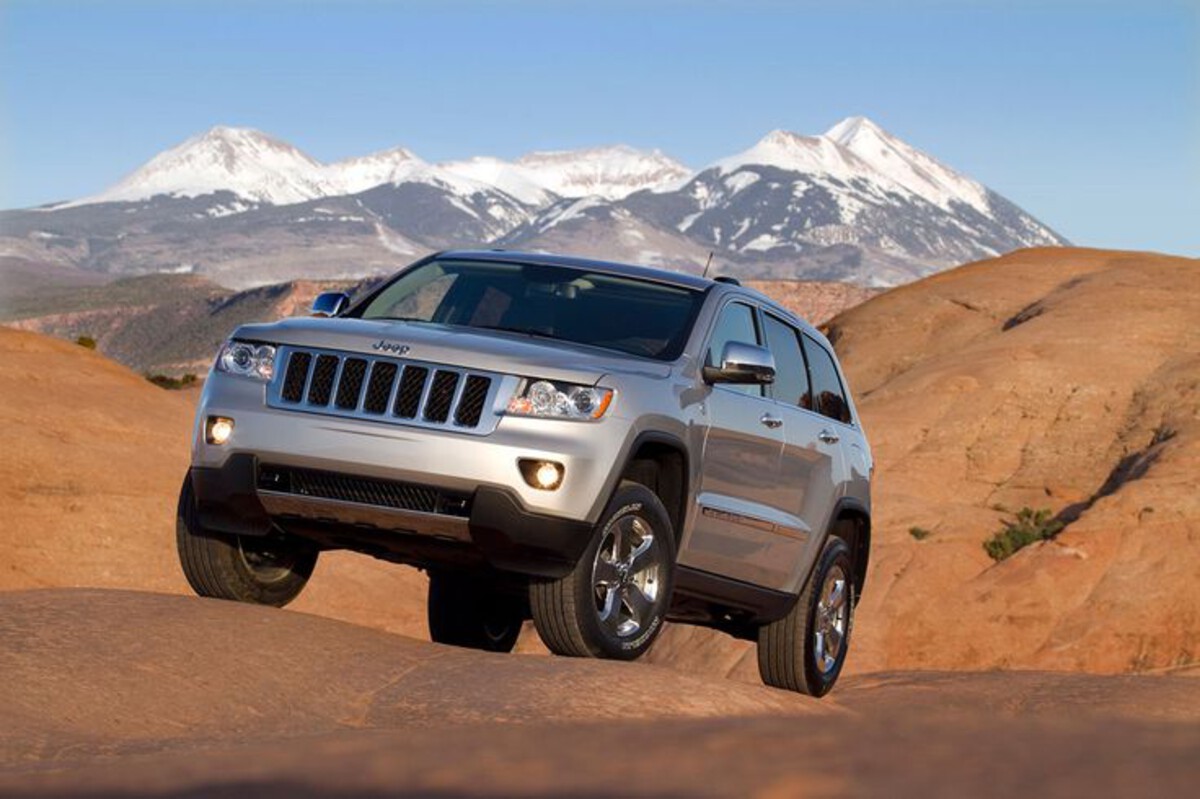
But that’s just the beginning. These years also saw repeated complaints about rough-shifting transmissions and frequent check engine lights. The 3.6L Pentastar engine in early versions suffered from faulty cylinder heads that led to misfires, loss of power, and engine damage.
Then there’s the electrical gremlins—infotainment systems freezing, backup cameras failing, and keyless entry going haywire. Multiple software updates and recalls were issued, but many problems lingered.
To top it off, Grand Cherokees from this era tend to be expensive to repair, and their value depreciates quickly, making them a double hit to the wallet. Despite their appealing style and off-road reputation, these models just weren’t built to last like their reputation suggests.
Unless you’re getting a killer deal and have a good extended warranty, it’s best to avoid this problematic Jeep generation. Looks can be deceiving—and in this case, very costly.
4. 2011–2013 Nissan Juke
The Nissan Juke was bold, quirky, and different—but unfortunately, it was also plagued with serious reliability issues. The main culprit? It’sa 1.6L turbocharged engine, which is notorious for early turbo failures, oil leaks, and timing chain problems. Many owners reported engine troubles well before hitting 100,000 miles, with repair costs often exceeding the car’s resale value.
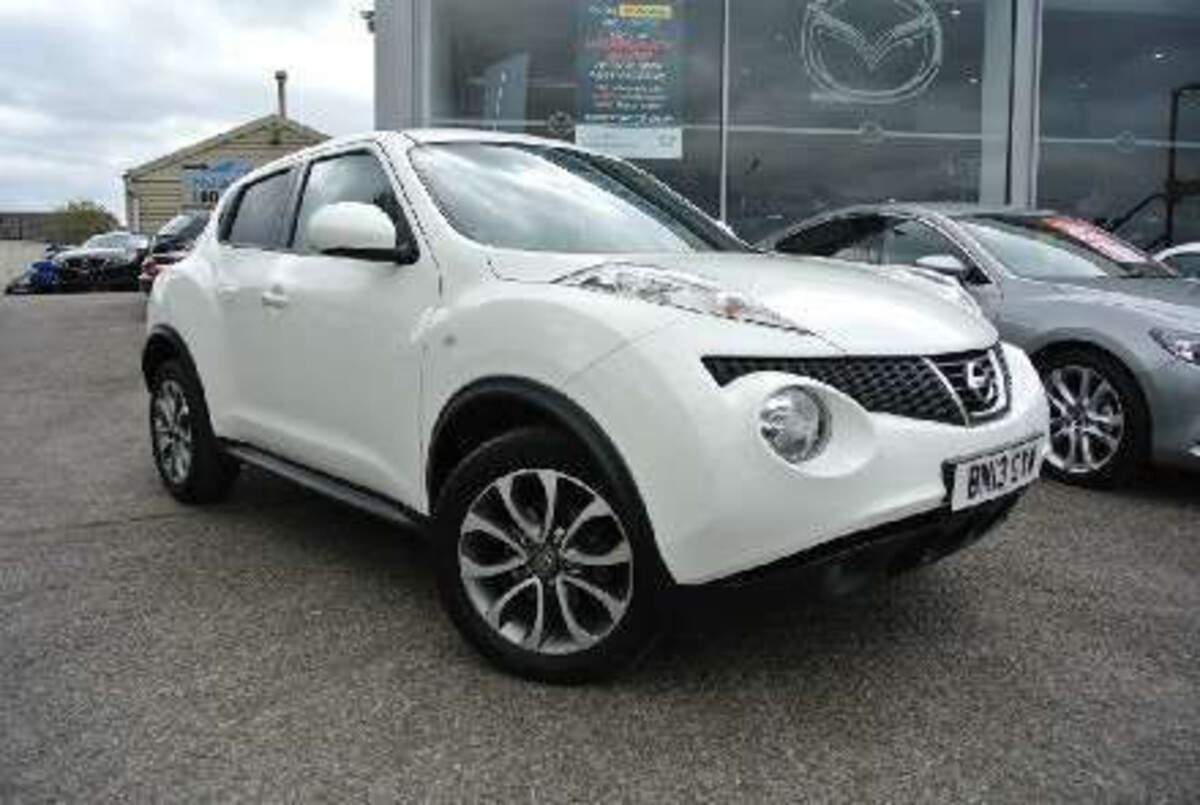
The Juke’s CVT (Continuously Variable Transmission) is equally problematic. Nissan’s CVTs from this era suffer from overheating, shuddering, and outright failure. The Juke is no exception—many owners had to replace the CVT before 80,000 miles, and extended warranties didn’t always cover the full cost.
Add to that the Juke’s cramped interior, limited cargo space, and poor rear visibility, and it becomes clear the vehicle’s flashy looks came at the cost of substance. Even basic components like door handles and interior switches wear out prematurely, adding to the frustration.
While it may have been fun to drive for the first few years, the long-term ownership experience of the 2011–2013 Nissan Juke is filled with costly repairs and headaches. If you value your time and your wallet, you’re better off skipping this model entirely. Its problems are too common and too expensive to ignore, making it one of the worst small crossovers of the 2010s.
5. 2010–2012 BMW 5 Series (F10, N63 V8 Engine)
BMW’s F10-generation 5 Series, especially the 550i with the N63 twin-turbo V8, was meant to be the ultimate blend of luxury and performance. Instead, it earned a reputation for being one of the most unreliable BMWs of the decade. The N63 engine is infamous in the car world for everything from excessive oil consumption to failing fuel injectors, leaky valve stem seals, and timing chain issues.
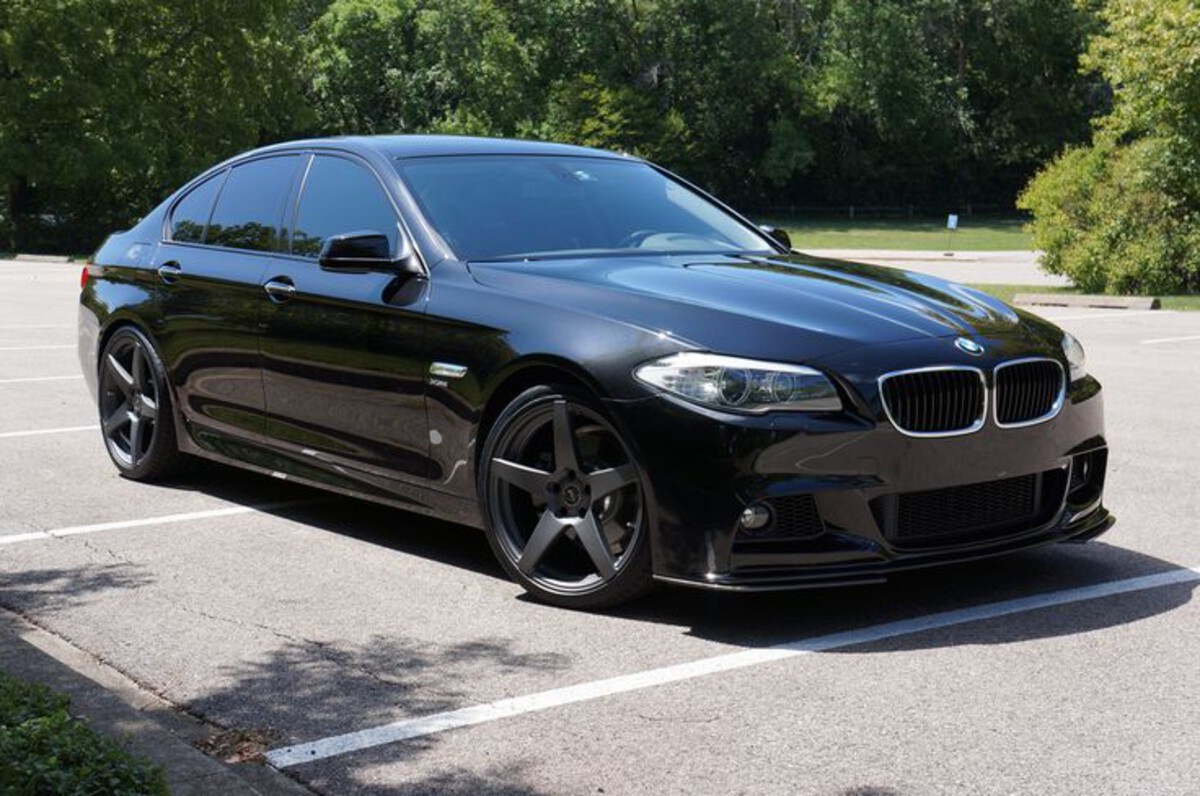
So widespread were the issues that BMW issued a “Customer Care Package” in 2014 that essentially functioned as a partial recall. It included replacing several major components—turbochargers, batteries, fuel injectors, and timing chains—just to keep the engines alive past 60,000 miles.
And that’s not all. The 5 Series’ electronics are complex and prone to failure. From malfunctioning iDrive screens to faulty adaptive headlights and glitchy door locks, the list of problems is long and expensive. These cars are luxurious, yes—but owning one out of warranty is like playing Russian roulette with your finances.
Unless you’re ready to sink thousands into repairs or are a BMW mechanic yourself, this model is best avoided. You’ll find more reliability and peace of mind in a used Lexus or Acura. The F10 550i is fast—but it crashes hard in the reliability department.
ALSO READ: 5 Engines Known for Zero Head Gasket Failures and 5 That Blow Regularly
The 2010s gave us a full range of cars—some built to last forever, others barely making it out of warranty without drama. And the gap between the two is bigger than most people think. Just because two cars came out in the same year doesn’t mean they’ll age the same. Some are engineered with long-term use in mind, while others are more about looking good in the showroom.
Take the Toyota Camry, Honda CR-V, and Lexus ES 350—these are the definition of reliable. You’ll find them still running strong at 200,000 miles, needing little more than oil changes and brake pads. They’re favorites for a reason: dependable powertrains, comfortable rides, and low ownership costs.
Then you’ve got cars like the Chevy Equinox, Ford Fiesta, and BMW 550i. Sure, they might catch your eye with a sleek design or sporty badge, but under the hood? It’s a different story. From failing engines to finicky transmissions and electrical gremlins, these cars are often a financial headache waiting to happen.
When shopping used, don’t just get distracted by fancy features or low prices. Do some digging. Look at reliability ratings, owner reviews, and common repair issues. A little homework can go a long way.
The goal isn’t just to buy a car—it’s to buy peace of mind. You want something that’ll start every morning, won’t leave you stranded, and won’t drain your savings with surprise repairs. So whether you’re a commuter, a road tripper, or just someone who wants a solid car without the drama, stick to models that have proven themselves over time.
Bottom line: the right car from the 2010s can be an absolute gem. Just make sure it’s one of the good ones. Buy smart now, and your ride will return the favor for years down the road.

